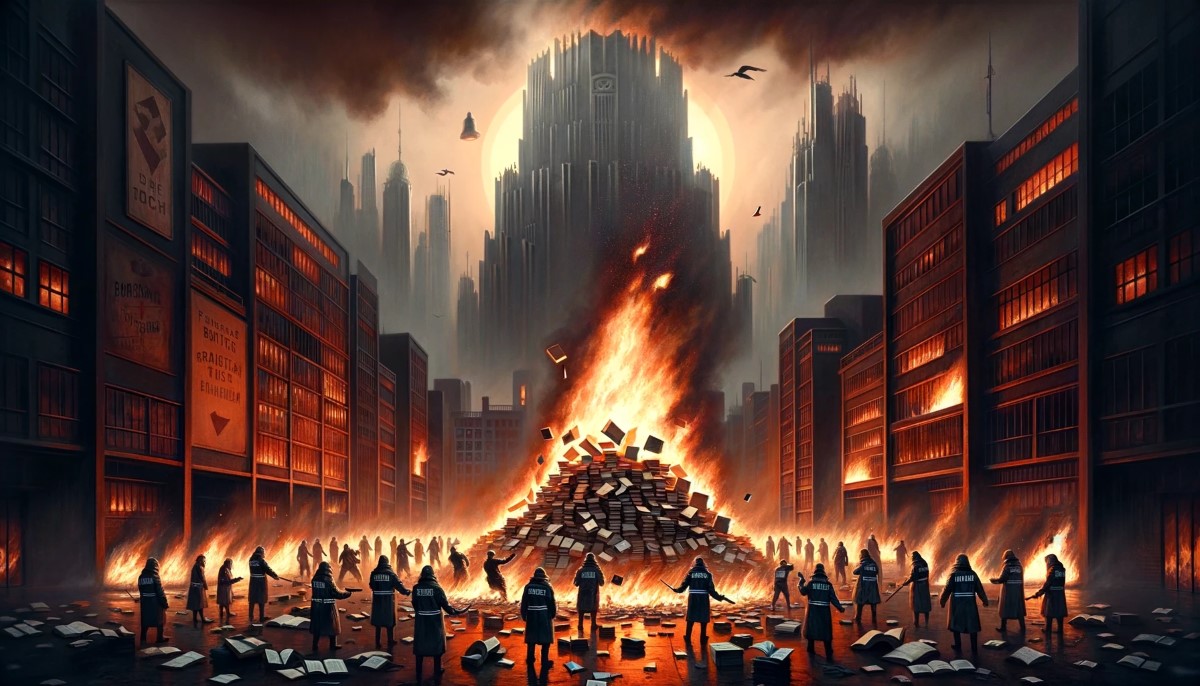At the time Lolita was released, the ratings system was not in effect and the Hays Code, dating back to the 1930s, governed movie production. The censorship of the time inhibited Kubrick’s direction; Kubrick later commented that, “because of all the pressure over the Production Code and the Catholic Legion of Decency at the time, I believe I didn’t sufficiently dramatize the erotic aspect of Humbert’s relationship with Lolita. If I could do the film over again, I would have stressed the erotic component of their relationship with the same weight Nabokov did.” Kubrick hinted at the nature of their relationship indirectly, through double entendre and visual cues such as Humbert painting Lolita’s toes. In a 1972 Newsweek interview (after the ratings system had been introduced in late 1968), Kubrick said that he “probably wouldn’t have made the film” had he realized in advance how difficult the censorship problems would be.
The film is deliberately vague over Lolita’s age. Kubrick commented, “I think that some people had the mental picture of a nine-year-old, but Lolita was twelve and a half in the book; Sue Lyon was thirteen.” Actually, Lyon was 14 by the time filming started and 15 when it finished. Although passed without cuts, Lolita was rated “X” by the British Board of Film Censors when released in 1962, meaning no one under 16 years of age was permitted to watch.
SUMMARY
Lolita, Stanley Kubrick’s sixth film, is an adaptation of Vladimir Nabokov’s celebrated yet controversial 1953 novel that relates the tragic story of a middle-aged male college professor’s sexual obsession for a precocious, seductive prepubescent girl. In the novel, Dolores “Lolita” Haze is 12, but in the effort to deter censors, she is portrayed as 14 in the movie. Despite this change, production of the film occurred under the threat of censorship, and Kubrick feared that the Motion Picture Association of America (MPAA) would deny the film a Seal of Approval. The film was the first of Kubrick’s films to be made independently in England, and it began with a long casting search for an actress who would be old enough to prevent outcry, yet look young enough to fit the character as conceived by Nabokov. He also interested Nabokov in writing the screenplay for his own lengthy novel.
In the film’s opening scene, the camera slowly sweeps over satiny drapes, then reveals the bare left foot and leg of a young girl with the word “Lolita” seemingly written on the top of the foot. A man’s left hand, wearing a wedding band, holds the foot while a right hand carefully paints the toenails with bright polish, stopping sporadically to slip cotton between the toes. From this scene, the film moves to depict the incidents described in the epilogue of the novel—the killing of another man who had carelessly seduced Lolita—then returns to the events four years earlier that led to the killing.
In the 10-minute prologue, viewers see a sordid confrontation between two pedophiles. One is Humbert Humbert, a well-educated and polished, if obsessive, lover who is constantly justifying his desires. The other is Clare Quilty, a well-known playwright whose dissipated life is evident in the appearance of his old, dusty yet enormous and luxurious mansion: Empty liquor bottles are strewn throughout the house, and various articles of furniture in the cluttered rooms are draped in dustcovers. After verbally grilling Quilty to make him remember the seduction of Lolita, the emotionally pained Humbert is hurt and outraged by Quilty’s vapid, uncaring answer. He hands Quilty a piece of paper on which he has written a poem that describes his pain, referring to himself as “Adam-Naked . . . before a Federal Law and all its stinging stars” and making other allusions to his transgression with the young girl. The poem also alludes to Quilty’s action with Lolita, a line that Quilty mocks, noting that the poem is “getting to be kind of smutty.” Humbert asks if Quilty has any last words before he dies and, after a few more minutes in which Quilty puts on boxing gloves and spars with Humbert, plays the piano and then runs from the room, Humbert fires a gun several times and hears its empty click as Quilty runs. Humbert reloads, stalks Quilty up the stairs, and empties the six rounds of the gun into Quilty’, who has taken cover behind a portrait propped up against the wall in the hallway—a Victorian, Gainsborough-style painting of an 18th-century young woman.
The film then fades into flashback, four years earlier, when Professor Humbert Humbert, who narrates the novel and the film, arrived in New England. The voiceover tells viewers that he plans to stay the summer in New Hampshire before moving west in the fall. Friends have given him the names of several homes in which he might rent a furnished room, and the first to which is goes is the Haze home, a house with a white picket fence in Ramsdale, owned by the matronly and pretentious widow Charlotte Haze. Charlotte announces clearly that she is lonely after seven years of being a widow, and she slips sexual innuendo, punctuated by a raucous laugh and a bawdy manner, into her tour of the house. When Humbert seems about to decide against renting the room, Charlotte shows him her garden, where her daughter, Dolores (Lolita), is sunning herself. All thoughts of leaving escape I lumbert’s mind as he views the young girl sunbathing on a blanket on the lawn. Smitten, he moves into the Haze home, romances and then marries Charlotte, although he despises her, and insinuates himself into the family. Humbert takes every opportunity to make physical contact with Lolita, whom he secretly calls his “nymphet,” holding her against his groin, pressing against her as they pass, staying up late with her to watch television on the couch so that they can “accidentally” touch. While he makes no overt sexual moves toward her, he rhapsodizes nightly in his journal, detailing his obsession.
While Lolita is away at summer camp, Charlotte finds his journal, becomes hysterical and runs out of the house and into the street, where she is struck by a car and dies before she can reveal the secret. After making arrangements, Humbert drives to the camp to collect Lolita and to tell her of her mother’s death. Humbert and Lolita then begin an odyssey across the United States. They travel as father and daughter. At one overnight stop at a motel named the Enchanted Hunters, Humbert tries to seduce Lolita, but she puts him off until the morning. When she proposes that they do what she and a boy at camp once did, Humbert laments in the voiceover, “I was not even her first lover.” In the ensuing months, as the pair moves from town to town, stopping for a time long enough for Humbert to register Lolita at school, Lolita never again makes sexual overtures to him. When she appears to have become sexually involved with a boy at school, Humbert uproots her and they move on, while Quilty pursues them. The playwright had once seen Lolita when he presented a lecture to her mother’s Great Books club, and he recognizes her when they meet again. Lolita becomes ill; Humbert places her in the hospital, then is shocked to learn the next morning that her “uncle” has signed her out. Three years pass, during which Humbert has a relationship with a woman named Rita, but he continues his obsession with Lolita. When he receives a letter from her, he is overjoyed, but when he goes to her home, he finds her married, pregnant, living in a hovel and in need of money. He asks her to leave with him, but when she refuses, but he gives her a check nonetheless. Afterward, he rushes to find and to kill Quilty, which the viewer has already seen in the prologue, and the film ends with Humbert in prison, finishing his account in a cell.
CENSORSHIP HISTORY
Publicity posters for the film included the tagline, “How did they ever make a film of Lolita?” and a picture of Lolita wearing heart-shaped sunglasses and licking a red lollipop. The opening credits to the film contain some of the most overtly erotic images of the entire film, and they set its tone: the fade-in on satiny drapery, a young girl’s bare left foot and leg ceremoniously cradled in a man’s hand and the slow, sensuous, caressing motion as he paints her toenails in a vibrant-colored polish.
Lolita originally received a “C” (Condemned) rating from the Catholic Legion of Decency (LOD). According to Monsignor Thomas F. Little, executive secretary of the LOD in the 1960s, after private negotiations between the producer and the LOD, the film underwent ‘“changes of a vital nature’ in order to avoid a ‘Condemned’ rating.” This practice was known in the industry, and many other films, including Spartacus, were the subject of the same type of negotiation. Monsignor Little revealed that the producers usually made the first move toward the LOD in order to avoid risking a box-office failure should a film receive a “C” rating, which would lead Catholics to boycott it.
The producer and the director also met with Geoff Shurlock, who succeeded Joseph Breen as the director of the Production Code Administration (PCA), and insisted that they would have Humbert and Lolita marry in Kentucky and “draw innocent humor from the conflict between a mature man and a gum-snapping adolescent.” Shurlock warned them that “a twelve-year- old bride who looked twelve years old could block a Seal.” After promising to make a film that would earn PCA approval, however, the filmmakers had to find a distributor for the film, and many studios were wary. Warner Bros., United Artists and Columbia Pictures refused to make a deal with Kubrick, fearing that the final result would not receive a PCA seal of approval and, therefore, could not be exhibited in mainstream theaters throughout the United States. When Seven Arts studios agreed to distribute the film, Kubrick and Harris went to work, and Shurlock began to worry how he would deal with the film in the increasingly liberal 1960s. “Kubrick agreed to revise scenes involving the murder of Clare Quilty, the seduction at the motel, and Lolita’s age. He could not change the theme of pedophilia, however, nor could he change the growing liberal climate in this country.
The solution came when the PCA decided to make the “sexual perversion” clause of the production code, which dealt with such themes as homosexuality and pedophilia, less stringent. The film was rated “R” under the Motion Picture Association of America (MPAA) rating system, which meant that the film was restricted to persons over 18 unless accompanied by an adult. In 1962, the LOD reviewed the film and nine of 12 board members voted to condemn the film, but the vocal objections of the dissenters led the body to award Lolita a “Special Classification” with the demand that the LOD would have the right to approve all advertising for the film. In addition, the LOD required that all advertisements for the film would contain two captions: “This movie has been approved by the M. P. P. A. [sic]” and “For persons over 18 only.” Eric Johnston, the president of the MPAA, reluctantly agreed with the demands but insisted that the statement indicate that the PCA, the censorship wing of the industry, should be specified instead of the trade wing to place the blame on the appropriate party. The resulting film did not suffer major challenges after release, because of the extensive censorship and resulting modifications that occurred before its release. Eight years after the film, Kubrick reflected upon what he should have done differently: “I would have stressed the erotic component of their relationship with the same weight Nabokov did. But that; is the only major area where I believe the film is susceptible to valid criticism.”
FURTHER READING
Appel, Alfred, Jr. “The End of the Road: Dark Cinema and Lolita.” Film Comment 10, no. 5 (1974): 25-31.
“Cinema: Humbert Humdrum and Lullita.” Time, June 22, 1962, p. 94.
Gelmis, Joseph. The Film Director as Superstar. Garden City, N.Y.: Doubleday and Company, 1970.
Lawrenson, Helen. “’The Man Who Scandalized the World.” Esquire, August 1960, pp. 70-73.
Leff, Leonard J., and Jerold L. Simmons. The Dame in the Kimono: Hollywood, Censorship, & the Production Code from the 1920s to the 1960s. New York: Grove Weidenfeld, 1990.
Nabokov, Vladimir. Lolita. New York: G. P. Putnam, 1955.
Nabokov, Vladimir. Lolita: A Screenplay. New York: McGraw-Hill, 1975.
Schumach, Murray. The Face on the Cutting Room Floor. New York: William Morrow, 1964.




